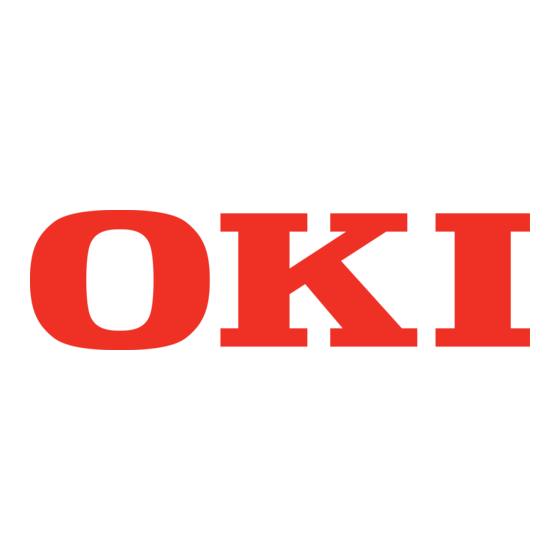

Oki OKIPAGE 8p Maintenance Manual
Led page printer
Hide thumbs
Also See for OKIPAGE 8p:
- User manual (28 pages) ,
- Setup manual (16 pages) ,
- User manual (28 pages)






Need help?
Do you have a question about the OKIPAGE 8p and is the answer not in the manual?
Questions and answers